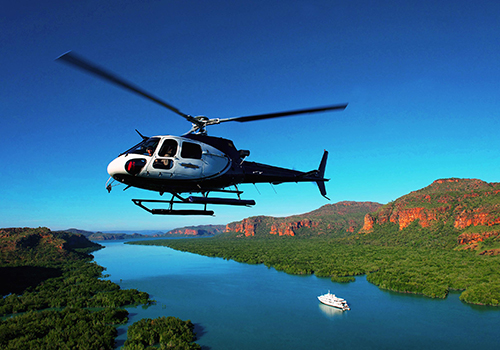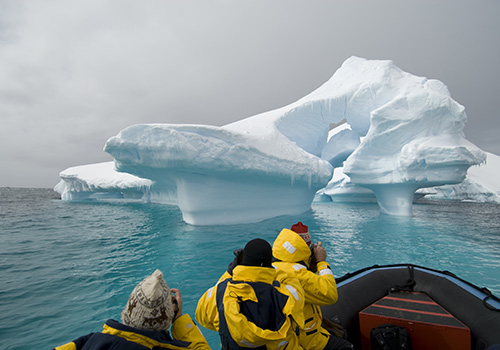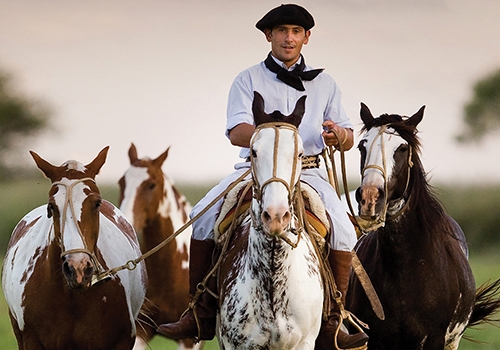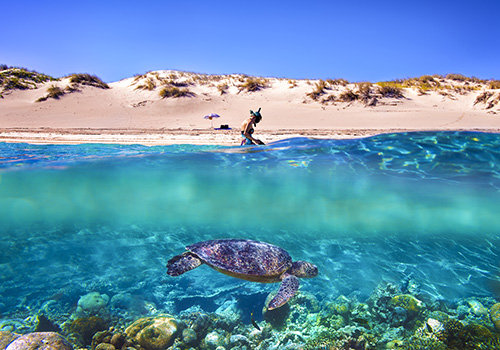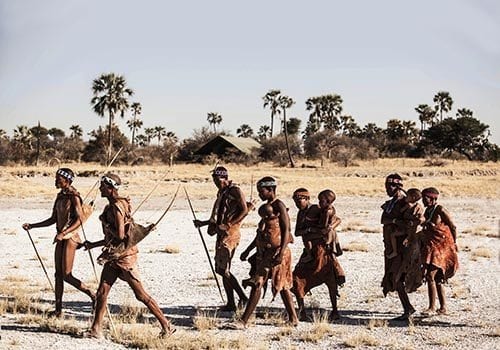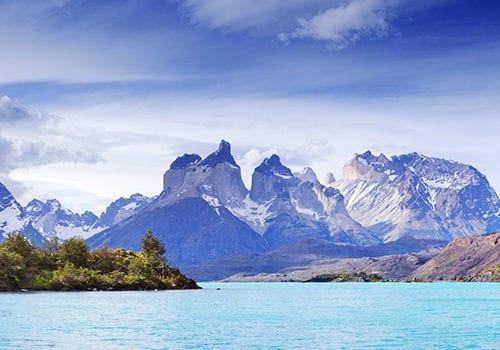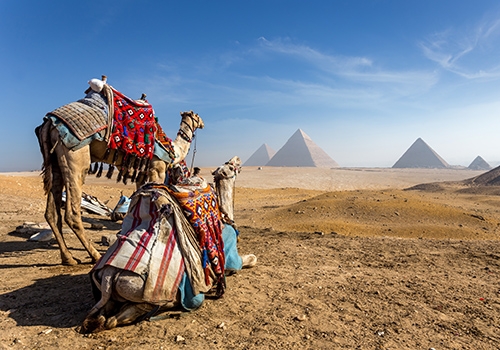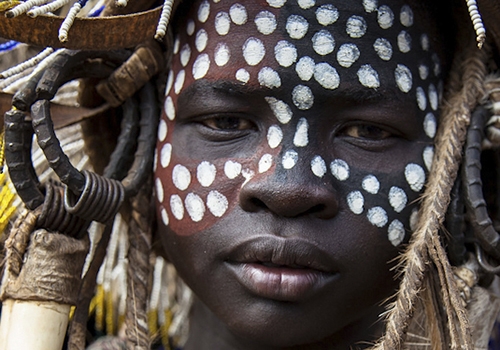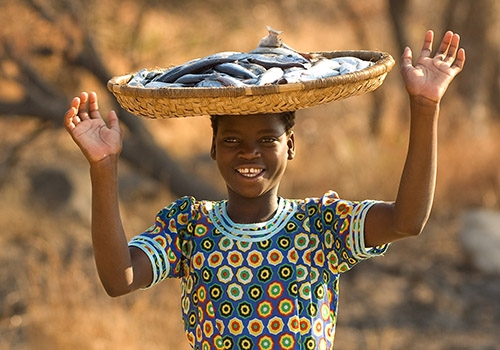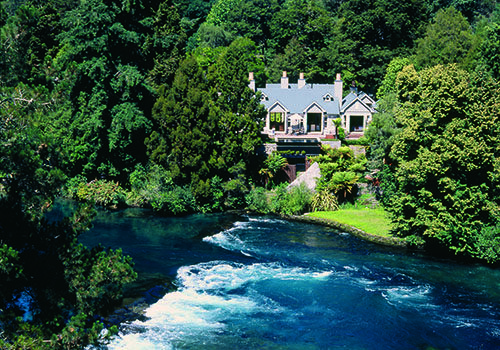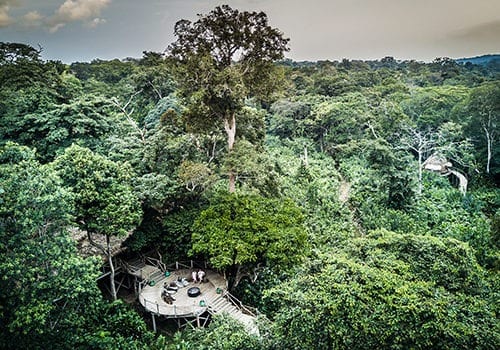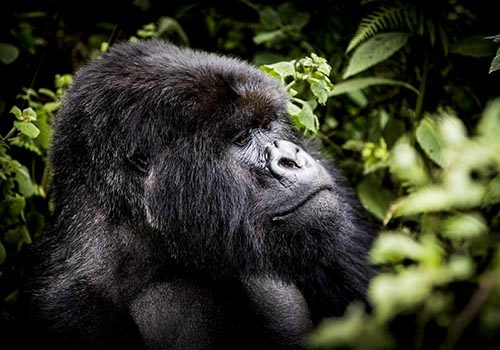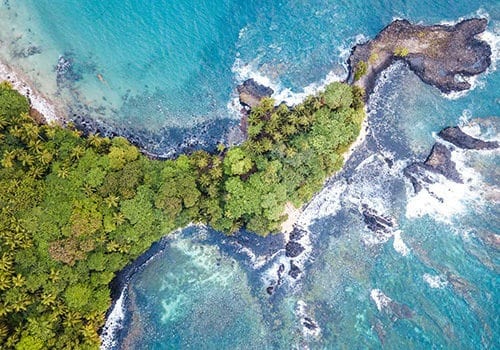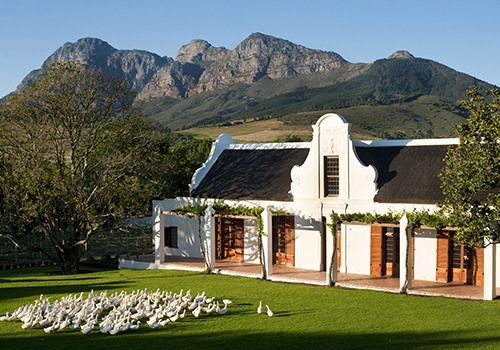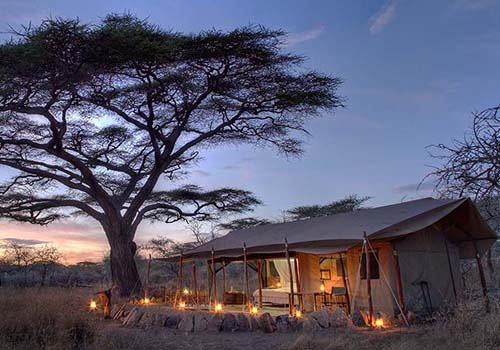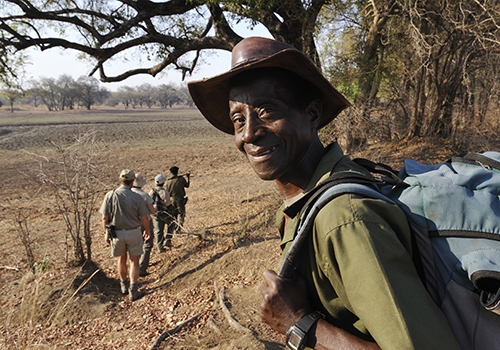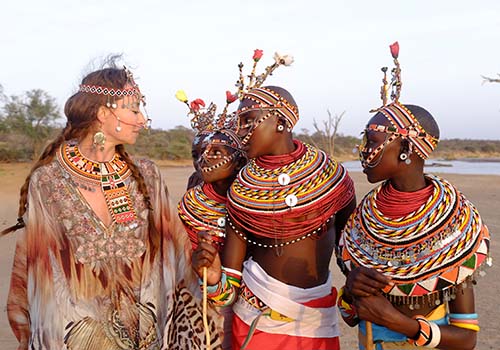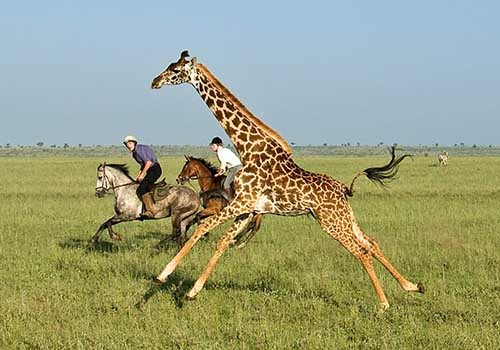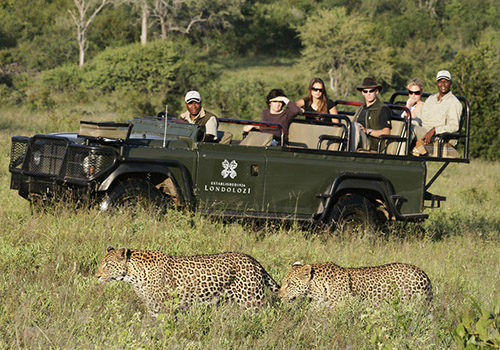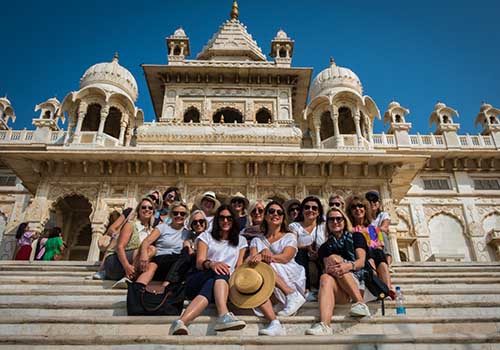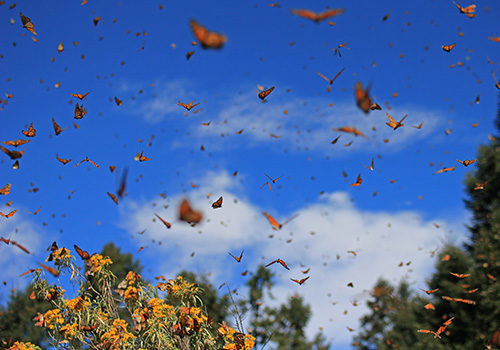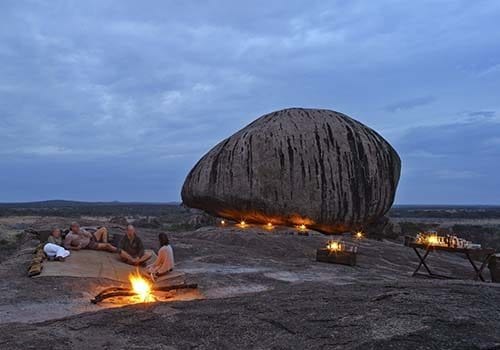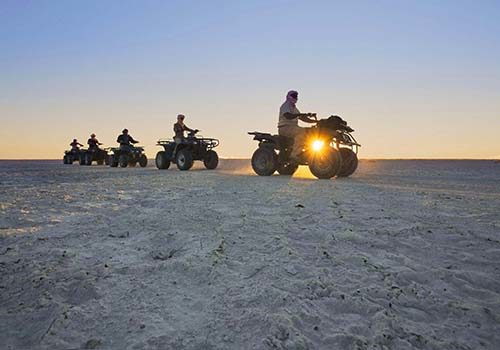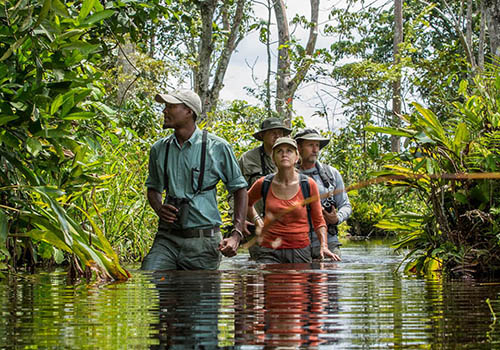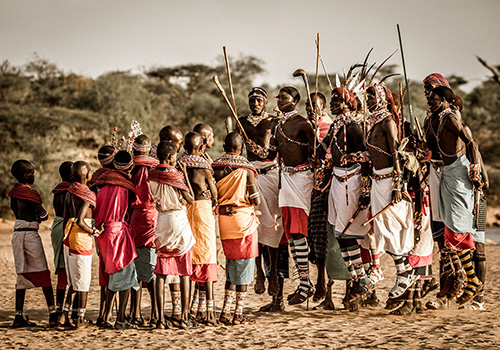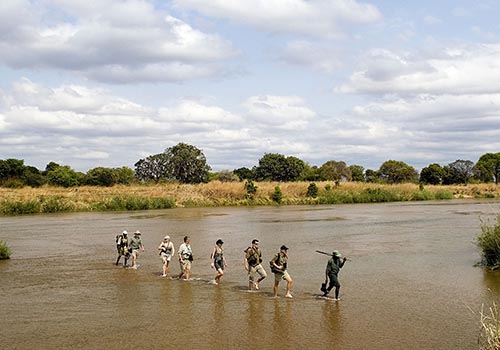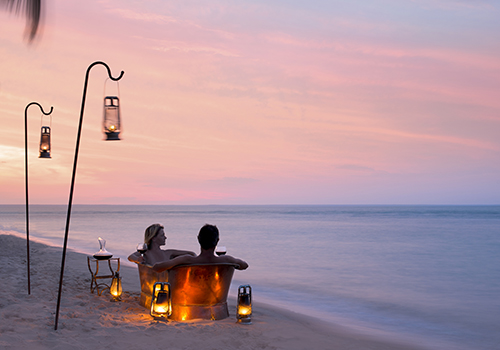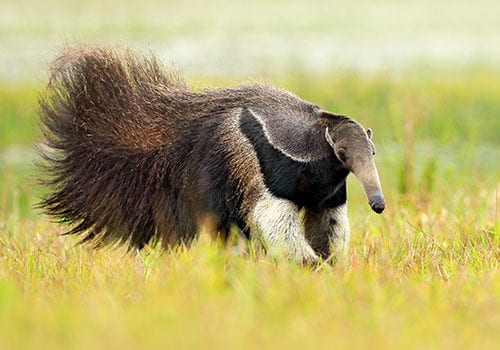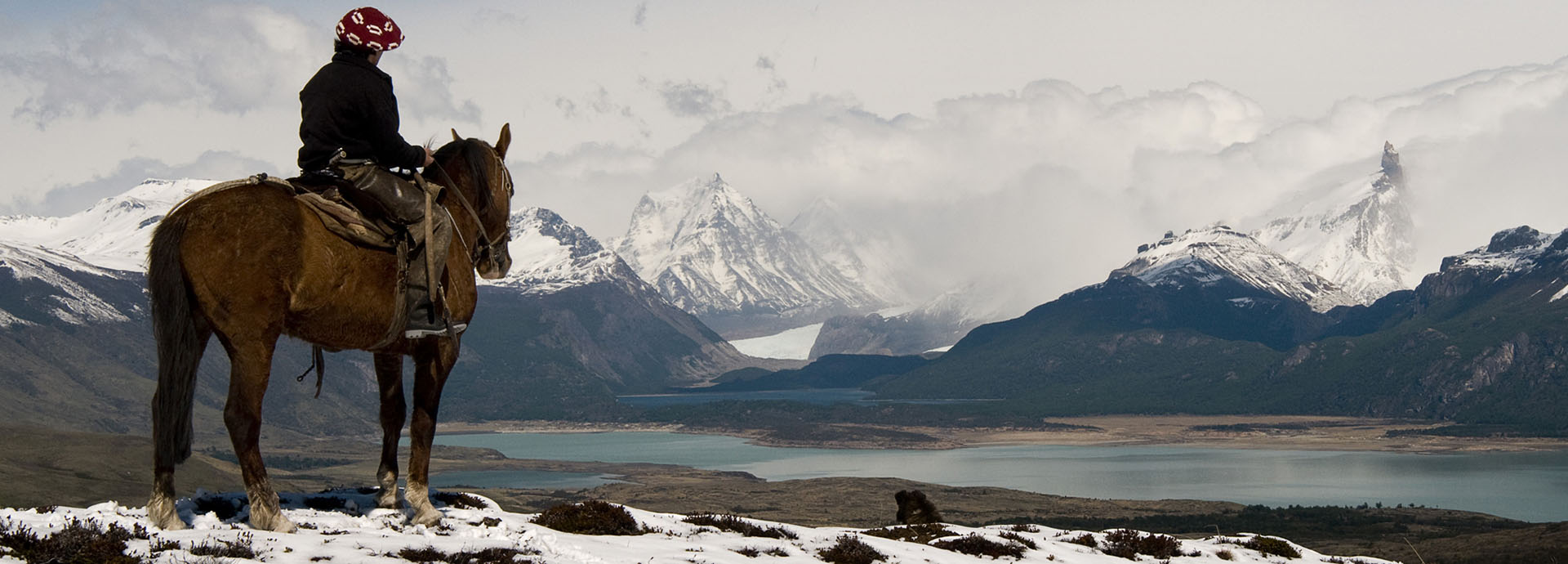
KEY INFORMATION TO PREPARE FOR YOUR JOURNEY
Argentina is the land of the Pampas, the large plains that are home to the “gauchos” and their cattle. No wonder Argentina has the highest meat consumption per capita in the world! The European styled capital city of Buenos Aires is central to life in Argentina, but there are many other interesting destinations that can’t be missed.
PLEASE NOTE: All pre-departure information was correct at the time of writing, but should be used as a guide only since requirements can change at short notice and without warning. Consult Smart Traveller or contact the Argentine High Commission or the appropriate authority prior to departure to confirm all details.
AT A GLANCE
ARGENTINA KEY FACTS
Time: GMT -3 hours | AEST -13 hours
Capital: Buenos Aires
Official language: Spanish, although English is widely spoken in main cities.
Religion: The vast majority (92%) of Argentineans identify as Roman Catholic, but most are non-practising.
Electrical Current: 220V | Two associated plug types – type C (two round pins) and type I (three flat pins in a triangular pattern)
Currency: Argentine peso
Australian High Commission: Dr. Simon Twisk, Villa Nueva 1400, Buenos Aires | T: + 54 11 4779 3500 | www.argentina.embassy.gov.au
Visa: No – Australian nationals do not require a visa for stays of up to 90 days.
USEFUL WEBSITES
Smart Traveller – https://www.smartraveller.gov.au/destinations/americas/argentina
Travel Doctor-TMVC – https://www.traveldoctor.com.au/destinations/argentina
Argentine High Commission – https://eaust.cancilleria.gob.ar/en
PUBLIC HOLIDAYS
January 1: New Year’s Day
March 24: Day of Remembrance for Truth & Justice
April 2: Day of the Veterans & Fallen of the Malvinas War
Friday before Easter: Good Friday
Monday after Easter: Easter Monday
May 1: Labour Day
June 20: National Flag Day
July 9: Independence Day
August 21: San Mart
October 9: Day of Respect for Cultural Diversity
December 8: Immaculate Conception Day
December 25: Christmas Day

PASSPORT, DOCUMENTATION & TAX
PASSPORTS
Your passport must be valid for at least six months after your return to Australia and have at least two blank pages for every entry and country you intend to visit on your journey. If your passport does not meet these requirements you must obtain a new one. The Australian Passport Office website is www.passports.gov.au.
It is a wise precaution to carry a photocopy of your passport separately and leave a copy at home. This will aid authorities in processing a new passport should yours get stolen or lost.
If you have dual citizenship and more than one passport, we strongly recommend that you use only one of these during your travels, as in some countries it is considered illegal to have two or more passports. Be sure to use the same passport on entry and exit from a country, and never surrender your passport.
If your passport name is different to your commonly used name, please advise us of this and ensure your airline reservations match those of your passport name.
VISAS
Australian nationals need a valid passport, but no visa is needed for stays of up to 90 days. Border officials may request evidence that you intend to depart the country within the 90 days, for example a return or onward ticket.
RECIPROCITY FEE
Australian Passport holders are no longer required to pay a reciprocity tax.
BUENOS AIRES CITY TAX
On 1st March 2020 the Buenos Aires Government added a new tax for non-resident tourists. This city tax applies for tourists from 12 years of age and is charged per night and per person, depending on your type of accommodation:
- 3-star hotels: USD 0.50
- 4-star hotels: USD 1.00
- 5-star hotels: USD 1.50
- Boutique hotels: USD 1.00
- Apart-hotels: USD 0.50
- Cruises: USD 1.00
YELLOW FEVER
Although the risk of yellow fever is very low, Australian Customs officials may ask you to present a valid Yellow Fever Vaccination Certificate on entry into Australia if you are aged one year or above and have stayed overnight or longer in Iguazu Falls area in the six days prior to your date of return to Australia.
AIRPORT TRANSFERS
Depending on how the transfer was booked the guide or driver will wait for you at the meeting point after customs, holding a sign with our Classic Safari Logo and either your group or individual guest name/s. As this area of the airport can be quite crowded, we highly advise searching for the representative holding the sign with your name/group’s details, as standing still will only make it more difficult for you to locate each other. In the circumstance that you are unable to find the representative, please just call the operators on their 24/7 emergency assist number (+54 9) 11 6397-8472 so that they can assist you further. Once you have located the guide, he or she will hand you a list of services (1 per room) with all the relevant details (pick up times, hotel confirmation number, emergency contact numbers) and will go through the itinerary in case there is any further questions.
DOMESTIC AIRPORT TRANSFERS
Our guides in each destination will do the web check-in for you and provide you with the boarding passes. Guides will also reconfirm pick up times for the following days, if applicable.
DRIVING IN ARGENTINA
Driving in South America is on the right-hand side of the road so drive carefully until you get used to it. An International Driving Permit is required along with your local driving license from your country of residence. You can learn more about International Driving Permits, and how to get one, at the Australian Automobile Association (AAA) website.
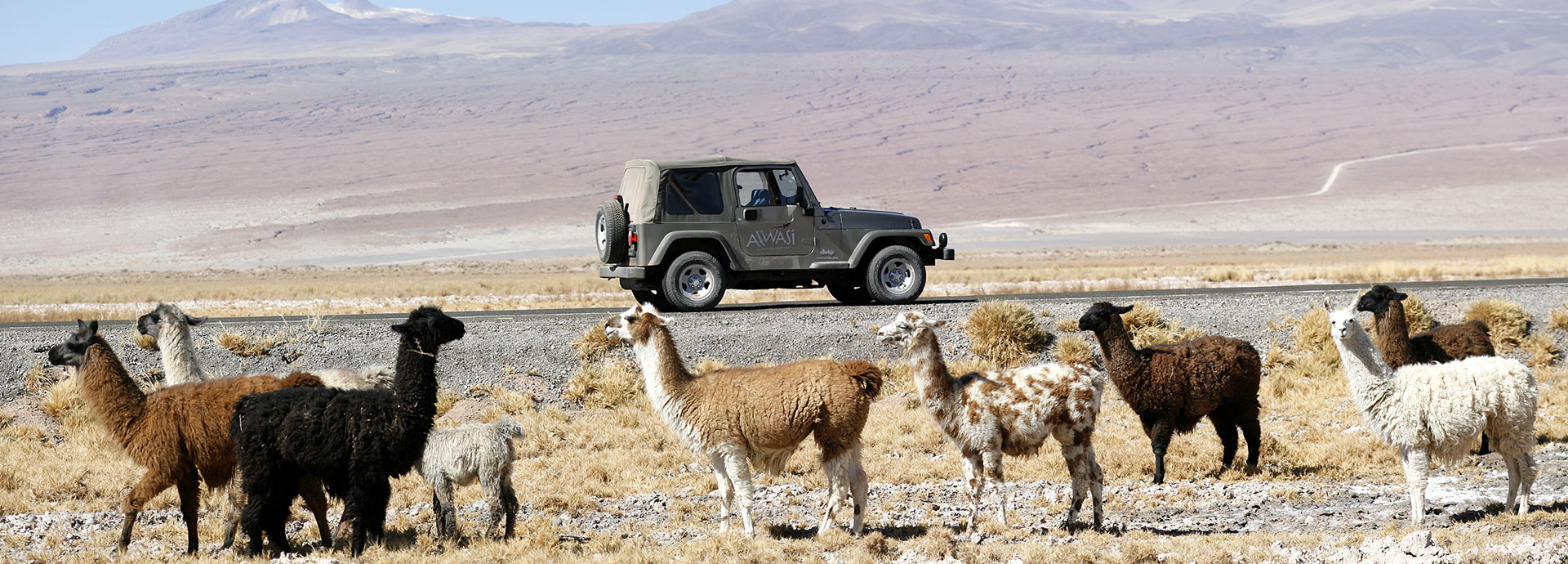
CLIMATE, WEATHER & SEASONS
CLIMATE
Buenos Aires enjoys a warm and benign climate during the whole year. Average annual temperatures do not show many extremely hot or cold days, which permits visitors to walk around the city during all seasons of the year.
The best time to visit the Iguazu Falls is August to October, when temperatures are lower and the spring colouring is at its brightest. There is no definite dry season in this area, so winters are never harsh, and frosts are few and far between.
Patagonia has a continental cold weather zone with a dry season. Summers are dry and temperatures can reach about 25°c, but most of the year, the range is from 0°c to 20°c; winters are humid and it snows often. Temperatures tend to be quite variable, independent of the season of the year. The differences between max and min temperatures tends to be quite wide overall however, Patagonia and Tierra del Fuego specifically are known for the rugged harsh climate, high winds and rains.
KEY SEASONS
- December to March: High season. Warm in Buenos Aires; Patagonia is most accessible
- September to November: Spring wildflowers bloom in the Lake District
- June to August: Low season, good for skiing.
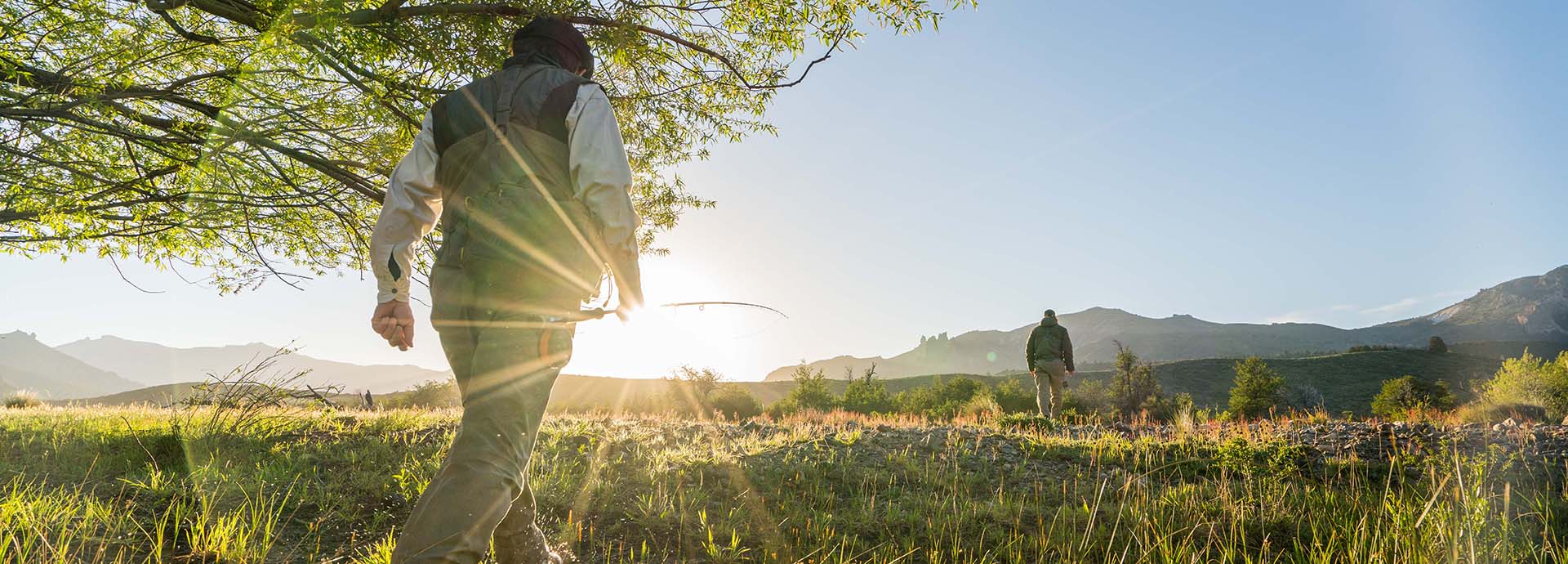
| BUENOS AIRES | JAN | FEB | MAR | APR | MAY | JUN | JUL | AUG | SEP | OCT | NOV | DEC |
|---|---|---|---|---|---|---|---|---|---|---|---|---|
| Temperature (°C) | 20-28 | 19-27 | 18-25 | 14-22 | 11-18 | 8-15 | 8-14 | 9-16 | 11-18 | 13-21 | 16-24 | 18-27 |
| Rainfall (mm) | 100 | 105 | 125 | 90 | 70 | 55 | 60 | 65 | 65 | 110 | 105 | 95 |
| BARILOCHE | JAN | FEB | MAR | APR | MAY | JUN | JUL | AUG | SEP | OCT | NOV | DEC |
|---|---|---|---|---|---|---|---|---|---|---|---|---|
| Temperature (°C) | 6-21 | 6-22 | 4-19 | 2-14 | 1-10 | -1-7 | -2-6 | -1-8 | -1-11 | 1-14 | 3-17 | 5-19 |
| Rainfall (mm) | 20 | 20 | 30 | 55 | 135 | 140 | 130 | 115 | 60 | 40 | 25 | 35 |
| IGUAZU | JAN | FEB | MAR | APR | MAY | JUN | JUL | AUG | SEP | OCT | NOV | DEC |
|---|---|---|---|---|---|---|---|---|---|---|---|---|
| Temperature (°C) | 21-32 | 20-31 | 19-31 | 18-28 | 14-24 | 11-22 | 11-23 | 13-24 | 15-27 | 18-29 | 19-30 | 20-31 |
| Rainfall (mm) | 170 | 155 | 135 | 145 | 185 | 150 | 100 | 105 | 150 | 230 | 150 | 160 |
| SALTA | JAN | FEB | MAR | APR | MAY | JUN | JUL | AUG | SEP | OCT | NOV | DEC |
|---|---|---|---|---|---|---|---|---|---|---|---|---|
| Temperature (°C) | 16-27 | 16-27 | 15-25 | 12-23 | 7-21 | 4-19 | 3-20 | 4-23 | 7-25 | 11-27 | 14-28 | 15-28 |
| Rainfall (mm) | 182 | 163 | 118 | 37 | 9 | 3 | 4 | 4 | 7 | 26 | 65 | 138 |
| SOUTHERN PATAGONIA | JAN | FEB | MAR | APR | MAY | JUN | JUL | AUG | SEP | OCT | NOV | DEC |
|---|---|---|---|---|---|---|---|---|---|---|---|---|
| Temperature (°C) | 6-15 | 5-14 | 4-12 | 2-10 | 0-6 | -1-5 | -1-5 | -1-6 | 1-9 | 2-11 | 4-13 | 5-13 |
| Rainfall (mm) | 30 | 35 | 50 | 50 | 55 | 55 | 45 | 60 | 40 | 35 | 35 | 40 |
LUGGAGE & PACKING
CLOTHING
Argentina’s huge latitudinal rage creates huge climatic diversity. Depending on your itinerary you could be at the steamy Iguazu Falls one day and on the ice fields of Tierra Del Fuego the next. Layers are key to provide you with the comfort and practicality required when moving between climates.
Lightweight clothing is advisable in the summer, with warm clothing for the winter. It is also necessary for the evenings if staying anywhere near the Andes range. Again, layers of clothing are recommended so that you can take off or add on as the day warms up/cools down.
You might like to pack some dressier summer clothes for time spent in cities or going out to dinner but note that in Southern Patagonia a mountain look of polar fleece and trekking pants would be appropriate clothing for dinner at any local restaurant.
A waterproof jacket is necessary if visiting Patagonia or Iguazu anytime of the year. A hat and and gloves are also required in winter months (May – Sept) and a swimming costume is a must!
JEWELLERY
Buenos Aires has always been a safe city, however, lately there have been incidents – as in all big cities – in taxis, in the street, etc. We always suggest travelling with as little jewellery as possible and always remain alert for pickpockets.
PACKING FOR SOUTHERN PATAGONIA
CLOTHING
In Southern Patagonia you will be around glaciers for much of the trip and if there is wind that means it could be quite cold. Make sure to bring appropriate mountain clothing with lots of layers and be prepared for rain. They say in Patagonia to expect 4 seasons in every day. As quickly as a storm can come in, the wind can sweep it away and you will glimpse a rainbow before beautiful sunny skies. Everything is possible in regards to weather (even snow!)
FOOTWEAR
You should always take sturdy trekking shoes and/or medium weight hiking boots if you plan to hike. We recommend breaking in your hiking boots prior to your trip and bringing blister care if you plan to be doing multiple days of hiking. It is recommended to waterproof your boots prior to the hikes.
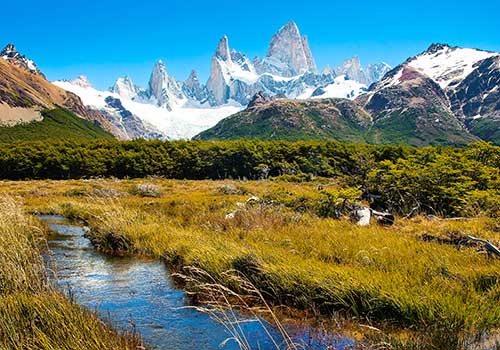
RECOMMENDED PERSONAL CLOTHING & EQUIPMENT FOR SOUTHERN PATAGONIA
| TICK | ||
| 1st LAYER | T shirts or long-sleeved tops | |
| Synthetic or merino pants or thermal leggings | ||
| Shorts (optional) | ||
| 2nd LAYER | Fleece jacket | |
| Trekking pants or trousers | ||
| Ski pants (winter) | ||
| Down vest or down jacket (optional additional layer) | ||
| 3rd LAYER | Wind breaker | |
| Raincoat with hood; recommend Gore-Tex | ||
| Ski jacket (winter) | ||
| FOOTWEAR | Walking boots or trekking shoes | |
| Walking socks; recommend merino wool | ||
| ACCESSORIES | Gloves (winter), plus one pair thin liner gloves (optional) | |
| Hat - both warm and sunhat ideally with chinstrap for windy conditions | ||
| Sunglasses | ||
| Swimwear - for hotel pools and the many natural swimming spots, which include hot springs | ||
| Small day pack for carrying water suncream, camera etc | ||
| OTHER | High SPF sun protection | |
| Lip balm and moisturiser - cold, windy conditions can be drying | ||
| Personal washbag, hygiene and medical kit | ||
| Photographic equipment |
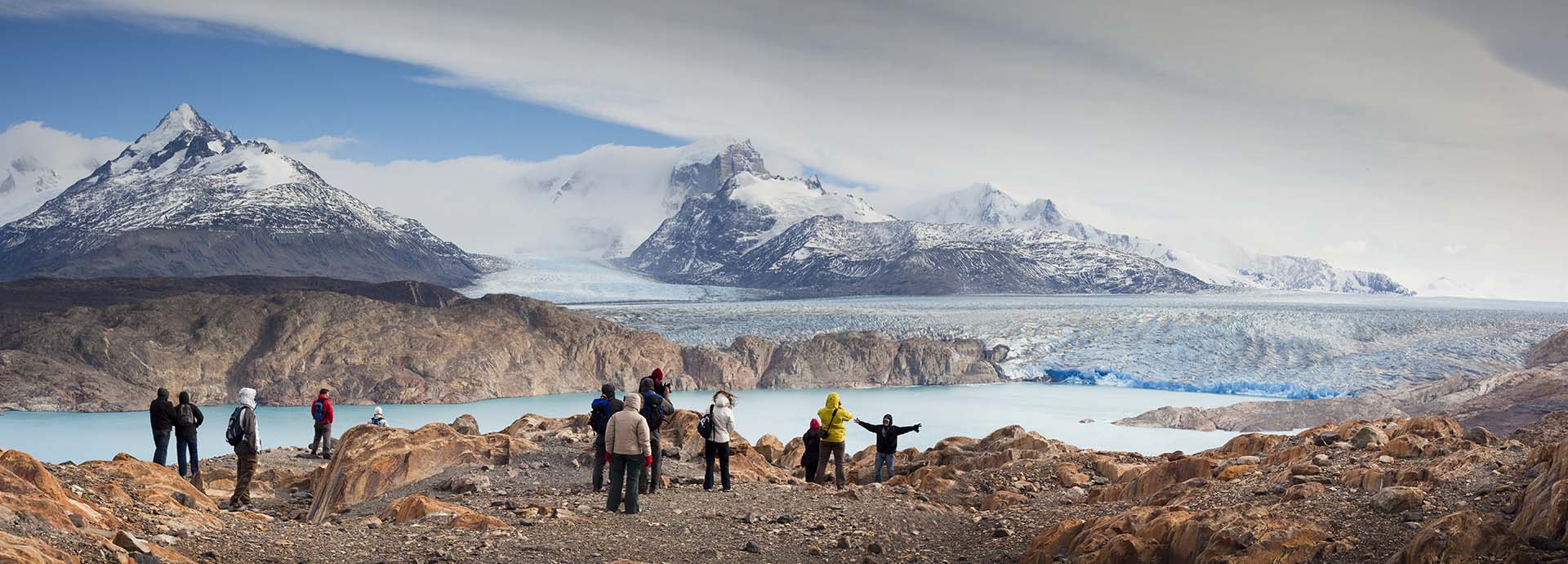
HEALTH & VACCINATIONS
HEALTH & VACCINATIONS
As we are not qualified to offer advice, please always check with your GP or the Travel Doctor-TMVC who have the most up‐to-date information available.
Requirements are highly personal depending on your health profile and the activities in your itinerary. Some vaccinations must be given well in advance of travel, so we suggest seeking medical advice as soon as you start to plan your trip.
Be sure to ask what vaccinations or medications may be required both to enter Argentina and also to re-enter Australia.
STAY HEALTHY ON YOUR TRAVELS
- Cover up – use insect repellent, mosquito nets and wear long, loose, light-coloured clothing
- If you are unsure, drink boiled water or bottled water with sealed lids
FURTHER INFORMATION
- Contact your GP for the latest recommendations for travel to Argentina, tailored to your itinerary and personal health profile
- SmartTraveller – Argentina
- Travel Doctor-TMVC – Argentina
GENERAL RECOMMENDATIONS
There is a low risk of yellow fever, cholera and malaria in some north-eastern provinces, and a valid Yellow Fever Vaccination Certificate may be required for entry into Australia.
Outbreaks of dengue fever are on the increase, and visitors are advised to avoid getting mosquito bites as there is no effective treatment for it.
Medical facilities are good in the major cities. Treatment is expensive and medical insurance is advised.
Asthma, sinus and bronchial ailments can be aggravated by pollution in Buenos Aires. Those with specific conditions should bring a sufficient quantity of medical supplies and medicines for the trip.
Water: It is perfectly safe to drink the tap water in Buenos Aires and in most major cities, not so in the country. Away from big cities, it is advisable to drink mineral water (sparkling or still) to avoid digestive issues.
MONEY MATTERS
CURRENCY AND EXCHANGE
The Argentinean Peso (ARS) is divided into 100 centavos.
The recent devaluation of the Peso has made Argentina more affordable for travellers but there is still much economic uncertainty and travellers are advised to keep an eye on the exchange rate.
USD cash is best for Argentina as you will generally obtain a better exchange rate. Currency can be exchanged at banks and cambios (bureaux de change).
ATMs are available in most urban towns, which reflect the current official exchange rate.
Credit and debit cards are also generally accepted, however, we would advise using cash only for taxis and tips, even at restaurants. US Dollars and Euros are normally taken everywhere, but some international cards place limits on transactions. Cirrus cards sometimes aren’t accepted.
There can be problems using Travellers Cheques in rural areas, although most banks in major cities should accept them. It’s best to take travellers cheques in US Dollars to avoid additional exchange rate charges.
Banks are regularly open from Monday to Friday from 10:00 a.m. to 3:00 p.m.
It’s best to take a mixture of money – credit card, debit card or travel cash card, plus cash just in case. Small denominations of USD or local currency are advisable, especially for tipping. If all else fails, have someone you can depend on who will make an emergency transfer of funds.
It is recommended that you DO NOT change money on the black market as you are more likely to receive a lower rate of exchange or fake notes.
TIPPING
In general tipping small amounts is customary for all services. Guides and transfer drivers highly appreciate receiving as deserved (USD 15-20 for guides and USD 5-10 for drivers per day is a good gratuity). A tip of 10% is normal in restaurants. It is not customary to tip taxi drivers but it is usual to round up the fare if they help with luggage.
If you have received exemplary service its always nice to show your appreciation with a big tip – it will be appreciated. Always carry extra money for those unexpected tips for drivers, guides or staff that deserve that bit extra, but remember that tipping is always discretionary.
TELL YOUR BANK
We highly recommend you advise your bank of your destinations and travel dates. This should prevent any of your transactions being deemed as ‘out of the ordinary’ (and possibly stopped) due to their unexpected location.

POWER, TECH & PHOTOGRAPHY
POWER
There are basically two main voltage systems used around the world: 110 Volt ‐ USA, Canada, Spain & Japan 220 Volt ‐ the rest of the world. In simple terms, the power supply available at the socket is roughly twice as powerful in 240V countries as in 110V countries.
The voltage in Argentina is 220 Volts, therefore if you wish to use any electronic devices from Canada, the US or Japan you’ll need a voltage converter AND a plug adapter. Australia operates a 220V currency and therefore you only require an adapter for Australian appliances.
There are two associated plug types in Argentina so the adaptors you will need are:
- type C (two round pins)
- type I (three flat pins in a triangular pattern)
Alternatively you may prefer to invest in an International Travel Adaptor that provides you with more than one option.
Many adaptors also have a USB port so you can plug your smart phone, or I‐product directly into the adaptor.
For the latest & most up to date information about voltage and what adaptors to travel with refer to: www.korjo.com
ADAPTORS
Argentina uses a 220V electrical current and either a type C socket (two round pins) or type I (three flat pins in a triangular pattern)


